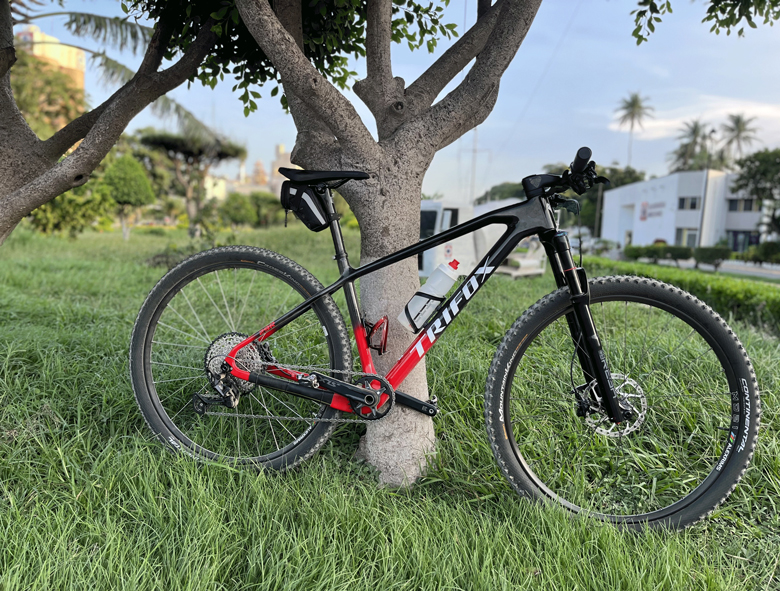Understanding Adaptive Cycling
At its core, adaptive cycling is about modifying or customizing bicycles to meet the unique needs of riders who may not be able to use standard bikes due to disabilities or injuries. These modifications range from hand-powered cycles for individuals with lower-limb mobility issues to tandem bikes for those with visual impairments, and everything in between. The goal is simple yet profound: to make cycling accessible to all, enabling everyone to enjoy the sense of freedom that comes with pedaling down a path or road.
Getting Started with Adaptive Cycling
Choosing the Right Equipment: The first step on this journey is selecting the right bike. The market offers a wide array of adaptive bicycles, including tricycles, handcycles, and tandem bikes, each designed to cater to different abilities. It's essential to research and possibly consult with a specialist to find the equipment that best suits your needs and ensures a comfortable and safe riding experience.
Seeking Training and Support: Learning to ride an adaptive bike, especially if it significantly differs from traditional bicycles, may require some guidance. Many organizations and cycling clubs offer training sessions for new adaptive cyclists, providing a safe environment to get accustomed to the new equipment. Additionally, connecting with the adaptive cycling community can offer invaluable support and advice.
Planning Your Route: Not all roads or trails are created equal, especially when it comes to accessibility. Planning your route in advance can help avoid potential obstacles and ensure a smoother ride. Look for paths that are wide enough to accommodate your bike, have smooth surfaces, and feature minimal inclines, if necessary. Over time, as confidence and skill levels increase, more challenging routes can be explored.
The Benefits of Adaptive Cycling
Physical Health: Cycling is an excellent form of exercise, promoting cardiovascular health, strengthening muscles, and improving flexibility and coordination. For individuals with limited mobility, adaptive cycling opens up new opportunities for physical activity, which can be tailored to their fitness levels and abilities.
Mental Well-being: Beyond the physical benefits, cycling offers a mental health boost. The sense of achievement from conquering a new trail or simply enjoying a leisurely ride in nature can significantly impact one's mood and self-esteem. Moreover, being outdoors and engaging in a group activity can combat feelings of isolation, fostering a sense of community and belonging.
Independence and Freedom: Perhaps the most profound benefit of adaptive cycling is the sense of freedom it provides. For many, adaptive cycling offers a level of independence that might be difficult to achieve through other means. The ability to explore, travel, and engage with the world on one's terms is empowering, highlighting that disabilities do not define one's capabilities.
Moving Forward
The journey towards embracing the freedom of the road with adaptive cycling is as much about the community and shared experiences as it is about individual achievement. While challenges may arise, the adaptive cycling community continues to grow, driven by a collective mission to ensure that cycling is accessible and enjoyable for everyone.
As we look to the future, the focus remains on innovation in adaptive cycling technology, expanding accessible cycling infrastructure, and fostering a more inclusive cycling culture. By advocating for these changes and supporting one another, we can continue to break down barriers and celebrate the joy of cycling in all its forms.

In conclusion, adaptive cycling is not just about adapting bicycles to fit different needs; it's about adapting our mindset towards inclusivity and freedom. It's a testament to the human spirit's resilience, proving that with the right support and determination, the road truly is open to everyone. Let's pedal forward together, embracing every adventure that awaits on the horizon.





















































































